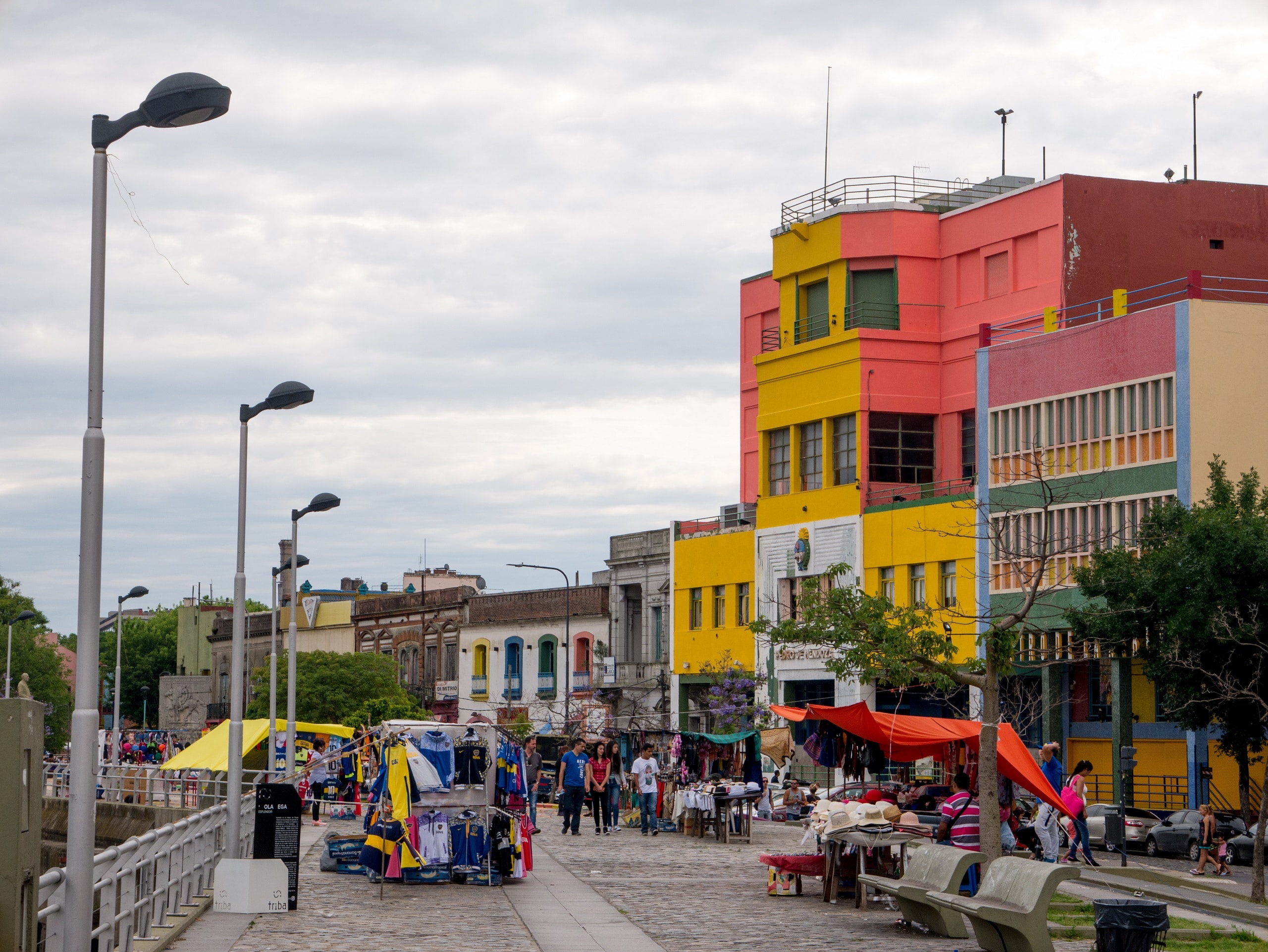Argentina
Basic Information About Argentina:
Population: The population of Argentina is 44,038,826.
GDP: $ 947.6 billion (2016)
Climate: The bulk of central Argentina, including the Pampas farmland, Cordoba Hills, Mar de Plata and Buenos Aires, enjoys a moderate climate with hot, humid summers and cool, dry winters. January and February — summer in the Southern Hemisphere — see temperatures in the high 90s and 100s. Argentina has four seasons: winter (June–August), spring (September–November), summer (December–February) and autumn (March–May), all featuring different weather conditions.
People: The most common ethnic groups are Italian and Spanish (including Galicians and Basques). It is estimated that up to 25 million Argentines, up to 60% of the total population, have Italian ancestry, wholly or in art. There are also Germanic, Slavic, British and French populations. Smaller Jewish, Native, Arab, Asian, Gypsy, and African communities contribute to the melting pot. Recent decade’s immigration includes mainly Paraguayans, Bolivians and Peruvians, among other Latin Americans, Eastern Europeans, Africans and Asians.
Religion: Christianity is the largest religion in Argentina. Estimates for the number of Roman Catholics vary from 70% of the population, to as much as 90%.
Capital: Buenos Aires is the capital and most populous city of Argentina. The city is located on the western shore of the estuary of the Río de la Plata, on the South American continent’s southeastern coast.
Language: Dialectal variants of the Spanish language in Argentina. The spoken languages of Argentina number at least 40 although Spanish is dominant. Others include native and other immigrant languages; two languages are extinct and others are endangered, spoken by elderly people whose descendants do not speak the languages.
Currency: The Argentine Peso is the currency of Argentina.
Time Zone: UTC-03:00



